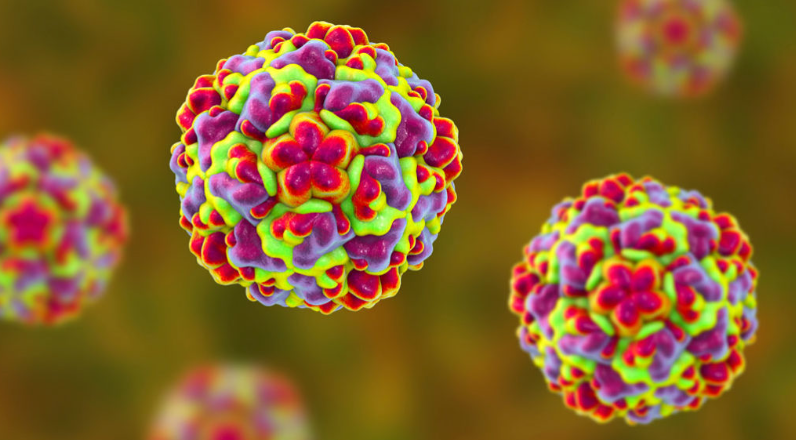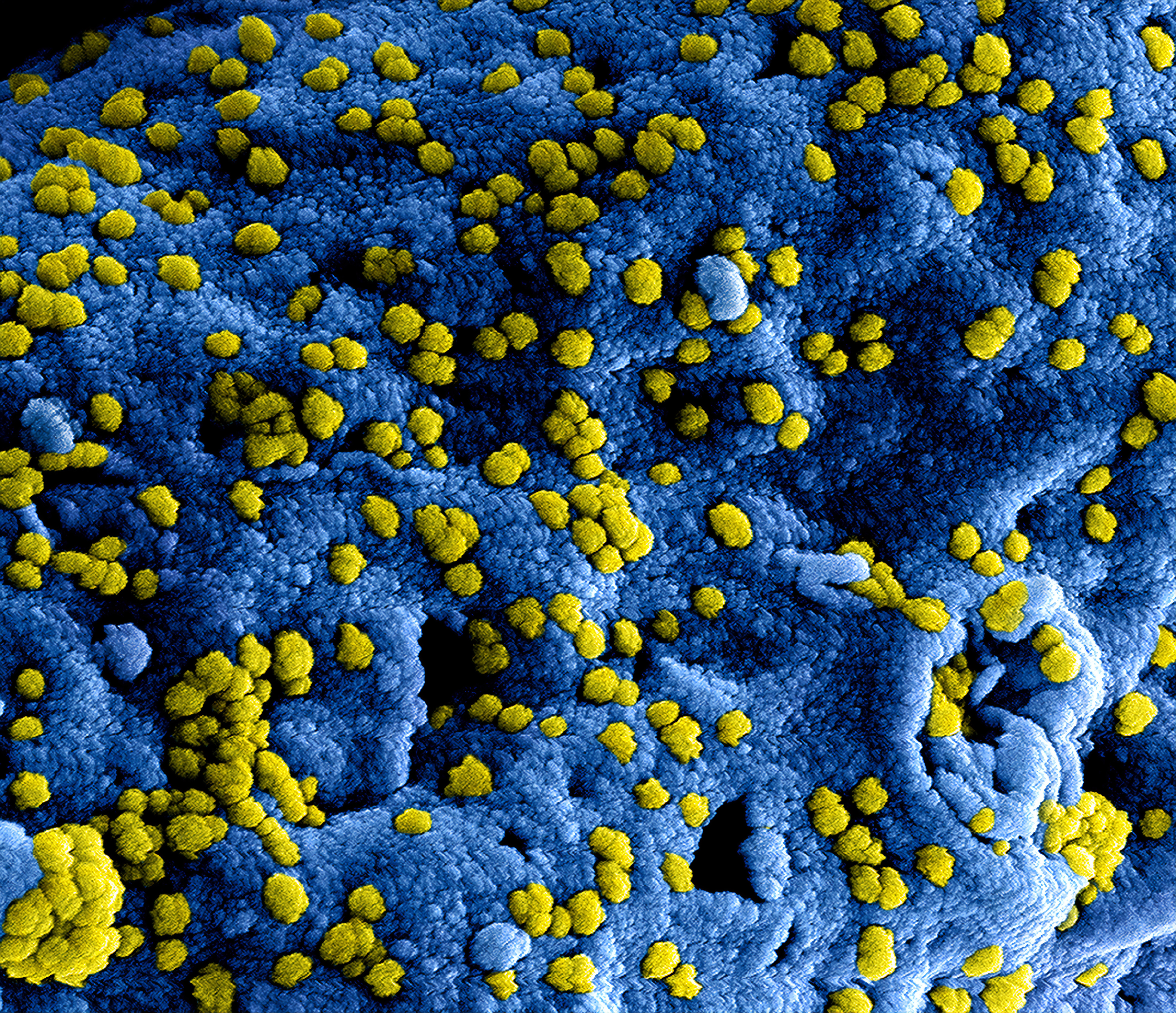Is CRISPR the future?

Let’s start because CRISPR means scientifically the term is applied to short palindromic repetitions of sequences of nitrogenous bases. Following each repeat are short segments of spacer DNA from previous exposures to a bacteriophage virus. Very close to these repeats can be found the cas genes that code for a type of nuclease protein.
And put into words that we can understand a little more, it is considered as a defense system in the bacterium to avoid the attack of the virus and also as a storage system for information about the virus so that future generations of the bacterium can also defend themselves. In the same way from its attackers and defends itself when the virus injects its RNA into the bacterium, the Cas proteins are capable of cutting a small part of the viral DNA, modifying it and integrating it into its DNA in the set of CRISPR sequences.

Viruses have also been able to develop their own CRISPR-Cas system to be able to attack bacteria, so once the system works in bacteria is known and it begins to be used with therapeutic applications, the same could be done with the virus.
Its accessibility in costs has allowed us to use this system in various fields
- For example, in the field of medicine, thanks to CRISPR technology, gene therapy can be developed in which, in addition to identifying the genes responsible for genetic alterations, these genes can be replaced, corrected and eliminated in the patient, allowing the treatment and prevention of hereditary diseases.
- In agriculture it can be used to fight against diseases that attack the plants and animals we eat, and even improve them so that their consumption can be more beneficial for us, even allowing in this way to successfully reduce if it is not to completely avoid the use of chemical products such as fertilizers and phytosanitary products used in agriculture, in addition to avoiding the use of medicines to treat livestock diseases.
Interesting, isn’t it?





Responses